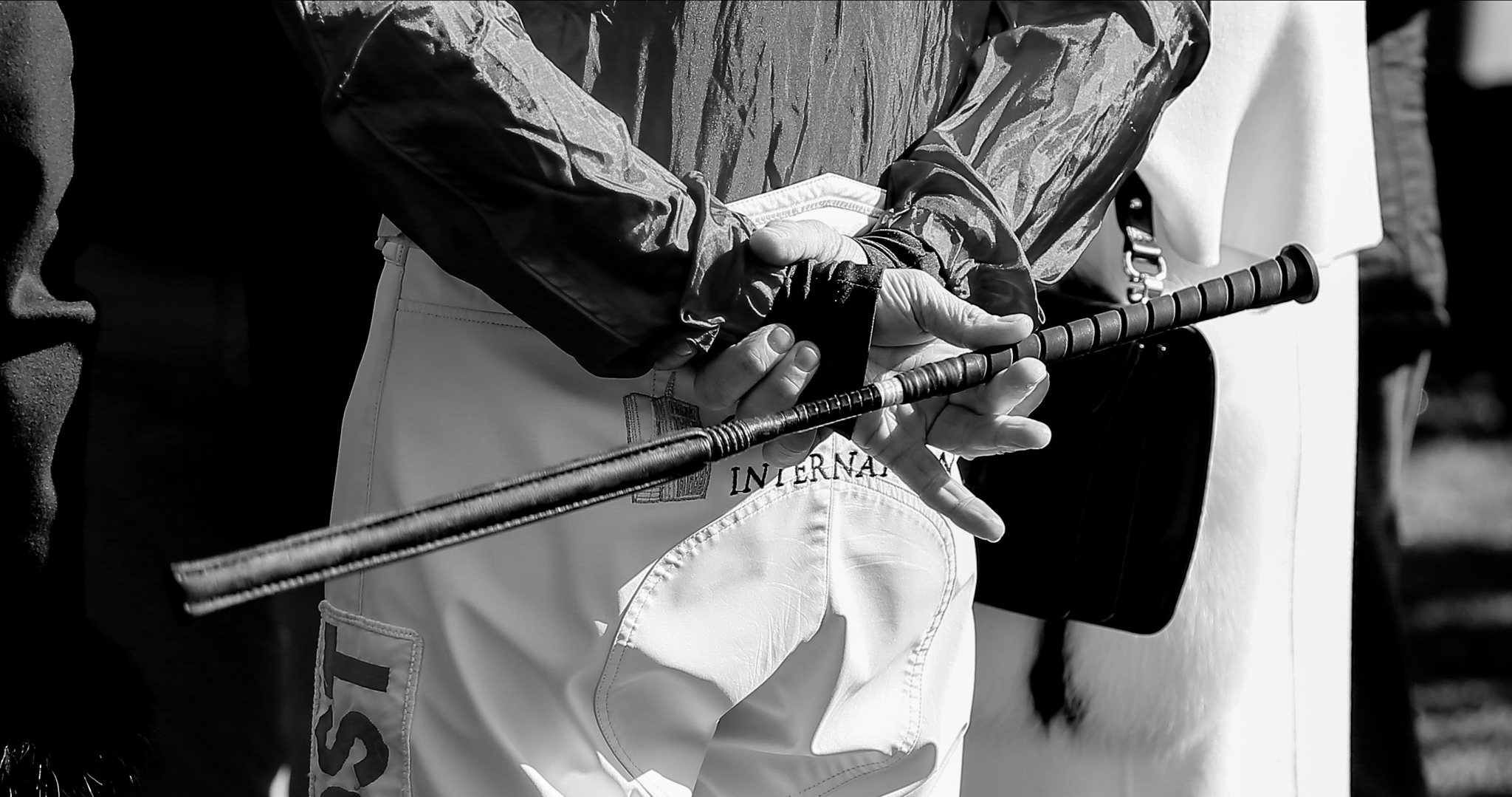
As part of the ongoing rollout of the new whip rules, the British Horseracing Authority (BHA) has been holding regular meetings with the Professional Jockeys Association (PJA) and senior jockeys.
As a result of this ongoing dialogue, and continual monitoring of data, two adjustments to the penalty structure for certain whip offences have today been confirmed, and implemented with immediate effect.
The changes are:
- Penalty structure for “without time to respond” offences adjusted so that, where the contact is an inadvertent “double-tap”, rather than deliberate use of the whip, the jockey is given the option to take a single day undergoing specialist coaching support and training, rather than the minimum four-day suspension.
- Revised penalty framework for “wealing” offences, such that if a horse is marked by use of the whip without a separate riding offence having taken place then the penalty is lower than if a riding offence has also taken place.
Explanations of these changes are as follows:
“Double-tapping”
“Double-tapping” refers to when riders have a technique which includes a motion made prior to the intended use of the whip. This motion can sometimes appear to be a use of the whip, and accidently make contact with the horse.
This leads to a perception that the jockey has used the whip twice within three strides, thus resulting in a breach of the “without time to respond” rule, without that being the intent.
The offence of “without time to respond” currently accounts for 26% of all whip rule breaches overall.
In response to this, and to adopt a supportive rather than sanction-focussed approach, the penalty structure around “double-tapping” has been adjusted.
Under the revised structure, for a first referral for “double-tapping”, where the contact is inadvertent rather than deliberate, the jockey is given the option to take a single day undergoing specialist coaching support and training, rather than the minimum four-day suspension.
If a rider reoffends after the training then a suspension would apply as normal, unless more than three months or 150 rides have elapsed, in which case a rider would be permitted a second training session in exchange for a suspension. This would be capped at twice in a 12-month period.
Revised Penalties
Under the previous whip rules, a jockey would only have been penalised for wealing a horse (creating a raised mark on the skin with the whip) if they had also committed a specific misuse offence.
The new rules create an offence for wealing irrespective of whether a specific misuse offence has been committed, and apply a single penalty based on the severity of the mark.
It is common across horse sports that if the whip is used in a manner which causes a horse to be wealed then the rider faces a penalty, even if a separate riding offence has not been committed.
However, some cases have arisen since the implementation of the new rules which have identified the need to re-structure the penalty framework for such offences in a more proportionate manner.
Therefore the following penalty framework for weals has been implemented:
Initial Penalty Framework
Severe – 28 Days Suspension
Moderate – 14 Days Suspension
Minor – 7 Days Suspension
New Penalty Framework
| In conjunction with misuse offence | No whip use offence | |
| Severe | 28 days | 14 days |
| Moderate | 14 days | 7 days |
| Minor | 7 days | 4 days |
